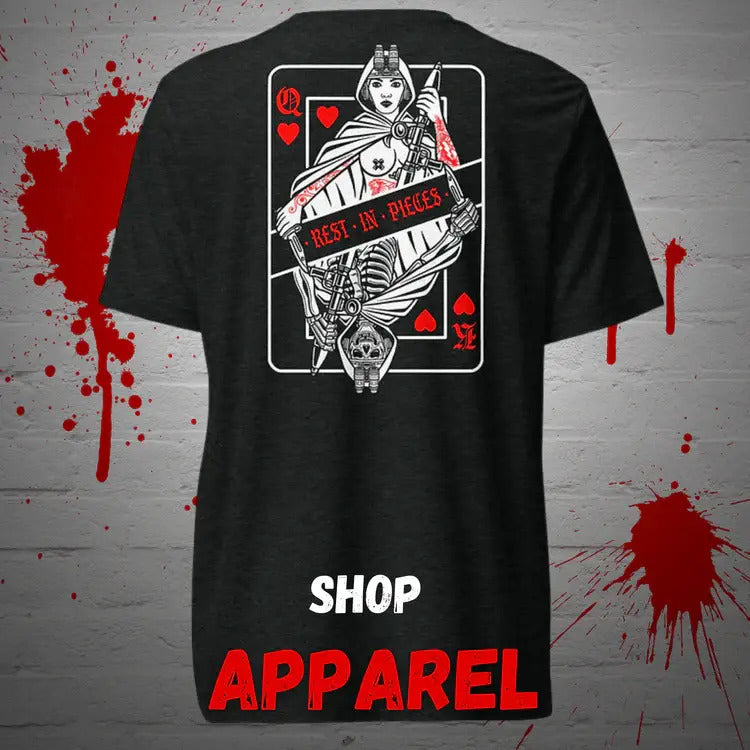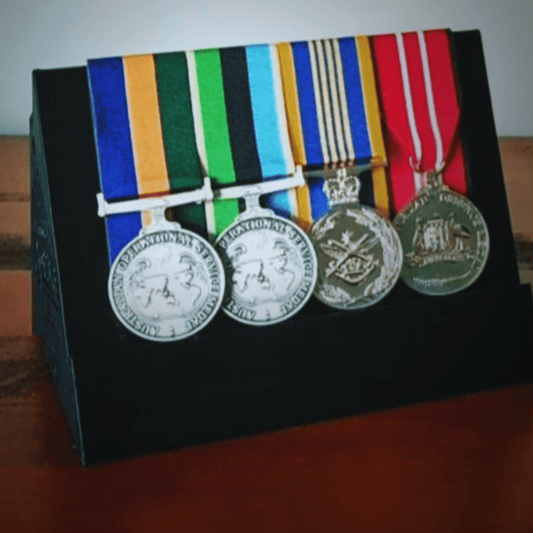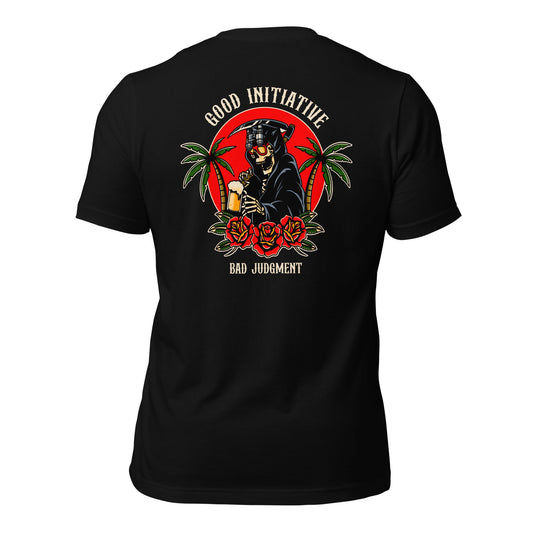The French Képi is a striking piece of military memorabilia—instantly recognisable, steeped in tradition, and still worn by elite units to this day. Behind its clean lines and formal polish lies a story shaped by battlefield demands, colonial campaigns, and shifting military priorities. From its roots in heavier headgear to its role in shaping modern uniforms, the Képi’s evolution is anything but straightforward. Despite a variety of practical design changes, the Kepi has become a lasting symbol of service, identity, and military heritage.
The Shako: A Symbol of Height and Hard Edges
The Képi’s story starts with the Shako — a tall, cylindrical headwear worn by French cavalry and infantry in the early 19th century. Its rigid structure added height and presence, with the aim of intimidating the enemy and offering some defence against saber strikes. Designed for appearance as much as function, the Shako became standard across many European armies. Even early French aviators carried over gear from previous roles, such as the rugged uniforms of the Chasseurs Alpins, before more specialised attire was introduced. The Shako, though iconic, had its limitations:
- Heavy and uncomfortable in extended wear
- Caused overheating, especially in warm climates
- Restricted movement in combat
- Impeded visibility in close-range engagements
As battlefield needs evolved, so did the gear — and the Shako’s days were numbered.
From the Shako to the Kepi: Lessons from North Africa
By the 1830s, France’s campaign in Algeria exposed just how unfit the Shako was for active duty. The North African heat, rough terrain, and long marches made its weight and structure unbearable. Soldiers needed something that didn’t slow them down. That pressure led to the creation of the Africa Cap — a smaller, lighter, more breathable option built for harsh environments. Over time, that cap evolved into the Forage Cap, and eventually the Képi — a practical redesign that kept the sharp profile but stripped away the excess. What emerged wasn’t just more comfortable — it was fit for purpose. And that made all the difference.
The Képi’s Rise: From Fieldwear to Global Adoption
The Képi earned its place not through appearance, but through function. Lightweight, easy to manufacture, and fitted with a short visor for sun protection, it struck the right balance between utility and uniformity. Unlike the towering Shako it replaced, the Képi didn’t burden the wearer or overheat in the field — making it ideal for long campaigns in unforgiving climates. By the mid-19th century, it had become standard issue in the French Army.
Its practicality and purpose-driven design didn’t go unnoticed. During the American Civil War, both Union and Confederate troops wore their own versions of the Képi.
The colours and insignia varied, but the shape remained — a simple cap that marked rank, allegiance, and identity. Over time, the Képi was adopted by forces across Europe, other parts of the Americas, and beyond. Nations like Spain, Romania, and Argentina all adapted the style to fit their own military traditions, each version reflecting a different history, but born from the same need: gear that did the job, and looked sharp doing it.
The Képi Today: A Symbol of Tradition and Collectibility
Though no longer worn in combat, the Képi still holds its ground. What began as a practical solution in the field has become a ceremonial icon — a cap steeped in meaning, worn with pride by military and police units in Italy, Norway, Argentina, and beyond. Perhaps the most iconic association with the Képi today is its connection with the French Foreign Legion. The Legion's distinctive white Képi is a symbol of its elite status and its long and storied history. The Képi represents courage, dedication, and unwavering commitment to duty. Its structured form, short visor, and clean profile haven’t changed much, but today it serves a different role: honouring tradition, heritage, and identity.
The Képi’s enduring appeal isn’t just about what it looks like — it’s about what it represents. For Veterans, collectors, and anyone with a deep respect for service, it’s more than just headgear. It’s a story you can hold in your hands.
Several factors contribute to its lasting place in military memorabilia collections:
- Historical significance – Present in key conflicts across the 19th and 20th centuries, the Képi is a physical link to the past.
- Symbolic value – Represents military service, rank, and regimental pride.
- Aesthetic appeal – Instantly recognisable with a timeless silhouette.
- Collectibility – Original or vintage Képis, especially those with known provenance, are highly sought after by serious collectors.
Often displayed beside medals, unit patches, or a beret stand, the Képi honours not just the uniform — but the life lived beneath it. It stands as a quiet statement: purpose-built, service-worn, and always respected.




 Subscribe to our emails
Subscribe to our emails